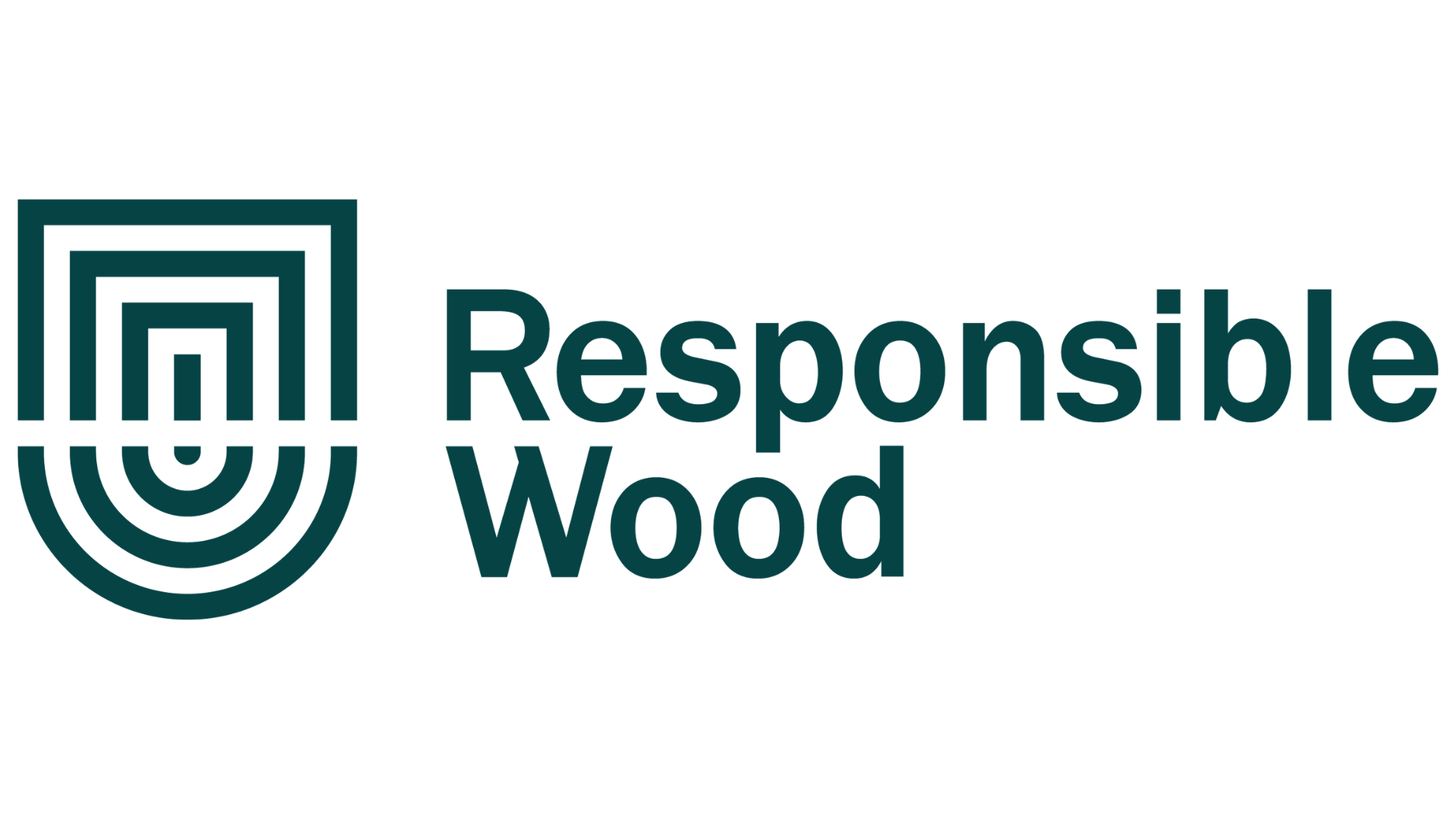How People Respond to Timber-Rich Environment?
Project Description
This project aims to increase understanding of how design choices can improve the occupant outcomes from visible timber in indoor environments. This project expects to review existing knowledge, standardise protocols, and create new knowledge related to occupant effects of timber-rich environments. Expected outcomes of this project include enhanced understanding of how design elements in indoor environments with visible timber impacts occupants and refined methods and techniques for measuring that impact. This should generate benefits to both industry and scholarship, providing industry partners with nuanced knowledge on the optimal use of timber in interior environments and researchers new directions for interdisciplinary research including robust post-occupancy assessment strategies focused on design.
Targeted industry focused outcomes
The project intends to provide industry partners with increased nuance in understanding the use of timber in interior environments, which will allow industry partners to incorporate positive messages in their marketing and messaging. This will increase specific knowledge about individual buildings, useful to industry partners into the future. Our intention is to generate industry-friendly communication assets that can be useful in the creation of marketing or messaging materials.
Targeted industry focused outcomes include:
- Presentation on design for positive occupant outcomes
- Report with design elements maximising occupant outcomes summarized for use in marketing materials
- Report on highlights of targeted outcomes compared to other environments for use in marketing materials
Impact will be measured by:
- Increase in the knowledge of industry partners about how individual buildings are performing with regards to design for maximising positive outcomes
- Increase in knowledge about how to design for maximising the benefits of wood for occupants
Objectives/Deliverables
- Complete a robust literature review on existing scholarly knowledge (Phase 1)
- Gather data from Hub partner building tenants (Phase 2)
- Conduct original research beyond industry partners to advance knowledge in how timber-rich indoor environments impacts how people feel, think, and behave (Phase 3)
Project Leader/s
Georgia Lindsay
Chief Investigator
University of Tasmania
Project Staff
Research Assistant
Research Assistant Opportunity
Project Investigators
Georgia Lindsay
Chief Investigator
University of Tasmania
Simon Dorries
Partner Investigator
Responsible wood
Nik Steffens
Project Leader; Chief Investigator
The University of Queensland
Stacey Parker
Project Leader; Chief Investigator
The University of Queensland
Lily Tandeani
Partner Investigator
Tzannes Associates
Marc Micuta
Affiliate Investigator
Tzannes
